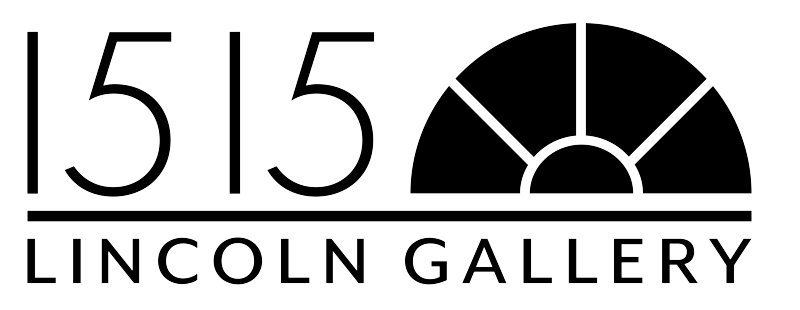Elizabeth Wylie
In this interview, curator Elizabeth Wylie shares her insights on the current exhibition at the gallery, Found Treasures: Visionaries and Hidden Gems. With a rich background in museums, she discusses the importance of engaging with art and its role in both her professional and personal life.
Impressionist Landscape by Arthur Schneider
Can you tell us a little about yourself and your journey to working in the arts?
After my first art history class with Victor Youritzin at OU, I changed my major from English to Art History, finishing my B.A. at Boston University, and earning an M.A. degree from NYU's Institute of Fine Arts. I enjoyed a career as an art museum curator and director. In a second career, I worked for architects and published books and articles about museums and environmentally sustainable practices. Largely retired, I still advocate for climate action and am enjoying a return to the art object—what got me into museums in the first place.
Can you share some insights about the current exhibition at the gallery?
Folks who visit the exhibition are urged to slow down and look, sit with the artwork, and let it come to them. Studies show that museum visitors, on average, spend less than two seconds in front of a work of art, and most of that time is spent looking at the label. I suggest visitors challenge themselves to engage with one piece—the one that speaks to them most—and look at it for 10 minutes (set a timer on your phone!) and see if they understand something more about the piece. With visual art, of course, it's all about the looking.
How did you approach selecting the artists or works for this exhibition?
We were looking to bring together a diverse array of artists and styles to show how art of wildly different styles (e.g., representational or abstract) and subject matter (e.g., landscapes or figures) can coexist and speak to one another.
Are there any themes or stories you’re particularly passionate about showcasing in this exhibition?
Prints can be a very accessible entry into art collecting. There are a number of prints by artists ranging from Dürer in the Renaissance and Hogarth in the 18th century to 20th-century artists such as Miró and Picasso that would be lovely to have.
Untitled Men and Women by Pablo Picasso
What role does art play in your personal life outside of work?
Art fills my home. I am friends with visual artists, poets, and musicians, and I am appreciative of the creative perspective they bring. I am glad for the pleasure that art gives me, for the provocation to consider different viewpoints, and for the rich texture it adds to my life.
What do you hope visitors take away from their experience at the gallery?
Art is for the ages, and once acquired and settled at home, it continues to give.
In your opinion, how can art best connect with the local community?
Art comes in all forms and can be accessible to anyone who takes the time to sit with it, whether in a book, museum, gallery, café, or on the street or screen. Some art hits you over the head, but most, the really, really good art, emerges as you open up to it. The best art has staying power, still compelling after a thousand viewings. Places like 1515 Lincoln Gallery do a service by helping people sit with art in a comfortable space and showing, through variety, that there is something for everyone.
If you could have dinner with any artist (living or deceased), who would it be and why?
Oh my gosh! How hard is that? If it's just one guest, I would invite Louise Bourgeois (1911 Paris–2010 New York), an incredible artist who had an independent mind and was a deep thinker. She worked in both 2-D (prints, drawings, and paintings) and in sculpture in a wide variety of media. She was an outspoken activist for women's rights and for LGBTQ+ equality. She did not brook fools and was purported to have had a wonderfully dry sense of humor. Sounds like the perfect guest for the perfect dinner.



